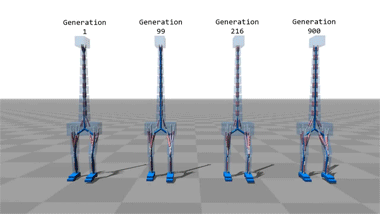Jupyterjones - Productivity Please !!!
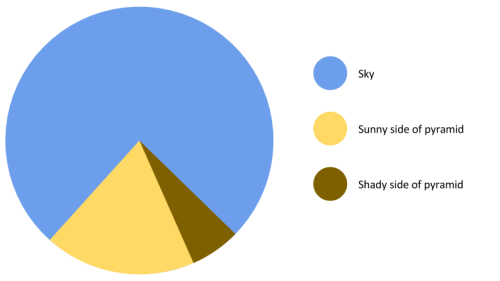
More Posts from Jupyterjones and Others



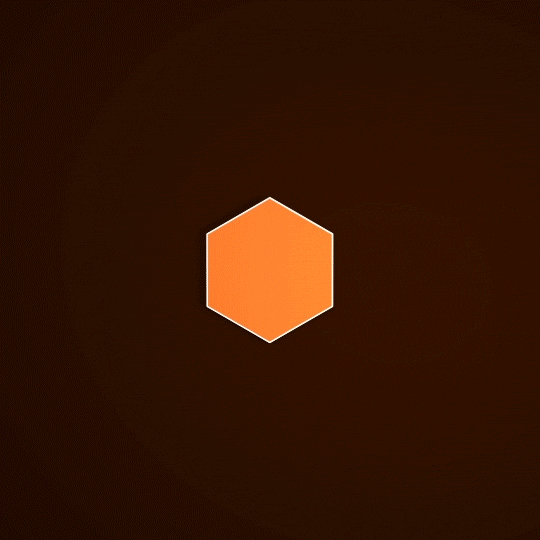


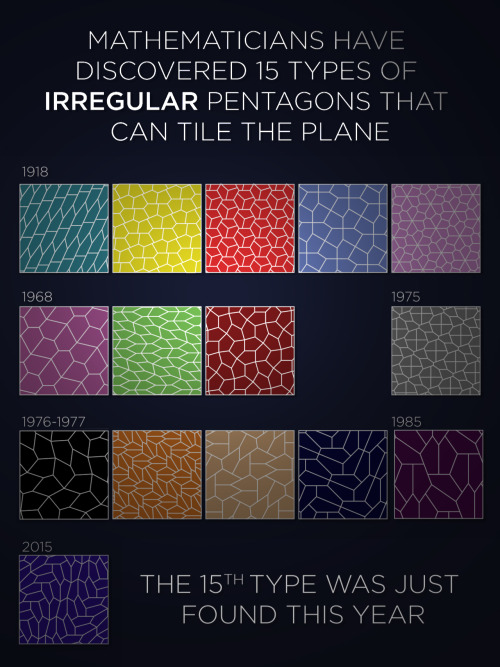

Big math news! It’s been thirty years since mathematicians last found a convex pentagon that could “tile the plane.” The latest discovery (by Jennifer McLoud-Mann, Casey Mann, and David Von Derau) was published earlier this month. Full story.
New Research Heading to Earth’s Orbiting Laboratory
It’s a bird! It’s a plane! It’s a…dragon? A SpaceX Dragon spacecraft is set to launch into orbit atop the Falcon 9 rocket toward the International Space Station for its 12th commercial resupply (CRS-12) mission August 14 from our Kennedy Space Center in Florida.

It won’t breathe fire, but it will carry science that studies cosmic rays, protein crystal growth, bioengineered lung tissue.

Here are some highlights of research that will be delivered:
I scream, you scream, we all scream for ISS-CREAM!
Cosmic Rays, Energetics and Mass, that is! Cosmic rays reach Earth from far outside the solar system with energies well beyond what man-made accelerators can achieve. The Cosmic Ray Energetics and Mass (ISS-CREAM) instrument measures the charges of cosmic rays ranging from hydrogen to iron nuclei. Cosmic rays are pieces of atoms that move through space at nearly the speed of light

The data collected from the instrument will help address fundamental science questions such as:
Do supernovae supply the bulk of cosmic rays?
What is the history of cosmic rays in the galaxy?
Can the energy spectra of cosmic rays result from a single mechanism?
ISS-CREAM’s three-year mission will help the scientific community to build a stronger understanding of the fundamental structure of the universe.
Space-grown crystals aid in understanding of Parkinson’s disease
The microgravity environment of the space station allows protein crystals to grow larger and in more perfect shapes than earth-grown crystals, allowing them to be better analyzed on Earth.

Developed by the Michael J. Fox Foundation, Anatrace and Com-Pac International, the Crystallization of Leucine-rich repeat kinase 2 (LRRK2) under Microgravity Conditions (CASIS PCG 7) investigation will utilize the orbiting laboratory’s microgravity environment to grow larger versions of this important protein, implicated in Parkinson’s disease.

Defining the exact shape and morphology of LRRK2 would help scientists to better understand the pathology of Parkinson’s and could aid in the development of therapies against this target.
Mice Help Us Keep an Eye on Long-term Health Impacts of Spaceflight
Our eyes have a whole network of blood vessels, like the ones in the image below, in the retina—the back part of the eye that transforms light into information for your brain. We are sending mice to the space station (RR-9) to study how the fluids that move through these vessels shift their flow in microgravity, which can lead to impaired vision in astronauts.

By looking at how spaceflight affects not only the eyes, but other parts of the body such as joints, like hips and knees, in mice over a short period of time, we can develop countermeasures to protect astronauts over longer periods of space exploration, and help humans with visual impairments or arthritis on Earth.
Telescope-hosting nanosatellite tests new concept
The Kestrel Eye (NanoRacks-KE IIM) investigation is a microsatellite carrying an optical imaging system payload, including an off-the-shelf telescope. This investigation validates the concept of using microsatellites in low-Earth orbit to support critical operations, such as providing lower-cost Earth imagery in time-sensitive situations, such as tracking severe weather and detecting natural disasters.

Sponsored by the ISS National Laboratory, the overall mission goal for this investigation is to demonstrate that small satellites are viable platforms for providing critical path support to operations and hosting advanced payloads.
Growth of lung tissue in space could provide information about diseases
The Effect of Microgravity on Stem Cell Mediated Recellularization (Lung Tissue) uses the microgravity environment of space to test strategies for growing new lung tissue. The cells are grown in a specialized framework that supplies them with critical growth factors so that scientists can observe how gravity affects growth and specialization as cells become new lung tissue.

The goal of this investigation is to produce bioengineered human lung tissue that can be used as a predictive model of human responses allowing for the study of lung development, lung physiology or disease pathology.
These crazy-cool investigations and others launching aboard the next SpaceX #Dragon cargo spacecraft on August 14. They will join many other investigations currently happening aboard the space station. Follow @ISS_Research on Twitter for more information about the science happening on 250 miles above Earth on the space station.
Watch the launch live HERE starting at 12:20 p.m. EDT on Monday, Aug. 14!
Make sure to follow us on Tumblr for your regular dose of space: http://nasa.tumblr.com
Everyone who reblogs this will get a pick-me-up in their ask box.
Every. Single. One. Of. You.

That’s the secret of programming.






The 21 Card Trick created in Python.
See how it works and read a little more about it here: [x]
Feel free to ask any questions you may have. :)
Permutations
Figuring out how to arrange things is pretty important.
Like, if we have the letters {A,B,C}, the six ways to arrange them are: ABC ACB BAC BCA CAB CBA
And we can say more interesting things about them (e.g. Combinatorics) another great extension is when we get dynamic
Like, if we go from ABC to ACB, and back…

We can abstract away from needing to use individual letters, and say these are both “switching the 2nd and 3rd elements,” and it is the same thing both times.
Each of these switches can be more complicated than that, like going from ABCDE to EDACB is really just 1->3->4->2->5->1, and we can do it 5 times and cycle back to the start

We can also have two switches happening at once, like 1->2->3->1 and 4->5->4, and this cycles through 6 times to get to the start.

Then, let’s extend this a bit further.
First, let’s first get a better notation, and use (1 2 3) for what I called 1->2->3->1 before.
Let’s show how we can turn these permutations into a group.
Then, let’s say the identity is just keeping things the same, and call it id.
And, this repeating thing can be extended into making the group combiner: doing one permutation and then the other. For various historical reasons, the combination of permutation A and then permutation B is B·A.
This is closed, because permuting all the things and then permuting them again still keeps 1 of all the elements in an order.
Inverses exist, because you just need to put everything from the new position into the old position to reverse it.
Associativity will be left as an exercise to the reader (read: I don’t want to prove it)

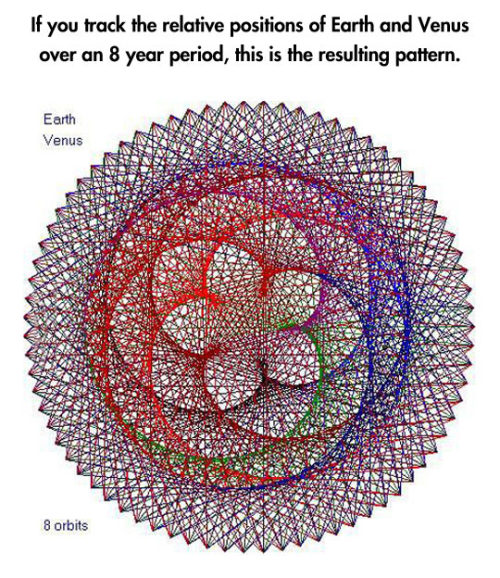
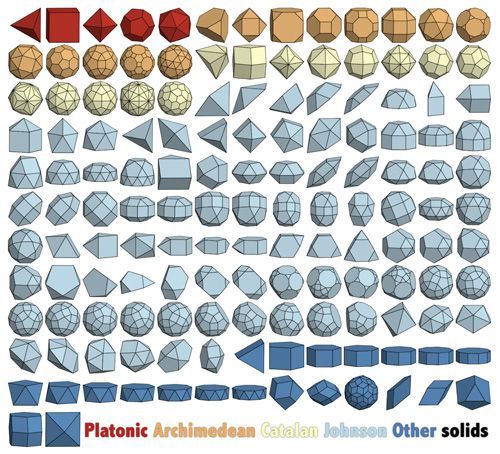
gotta catch em all
-
 scumheckflowerboy reblogged this · 2 months ago
scumheckflowerboy reblogged this · 2 months ago -
 notexactlyanartblog reblogged this · 2 months ago
notexactlyanartblog reblogged this · 2 months ago -
 notexactlyanartblog liked this · 2 months ago
notexactlyanartblog liked this · 2 months ago -
 heatherdiannecook reblogged this · 11 months ago
heatherdiannecook reblogged this · 11 months ago -
 thetinypersona liked this · 1 year ago
thetinypersona liked this · 1 year ago -
 yugioh-network liked this · 1 year ago
yugioh-network liked this · 1 year ago -
 sparksofmelody liked this · 1 year ago
sparksofmelody liked this · 1 year ago -
 norwegianne reblogged this · 1 year ago
norwegianne reblogged this · 1 year ago -
 veslefrick liked this · 1 year ago
veslefrick liked this · 1 year ago -
 tryingtobestine reblogged this · 1 year ago
tryingtobestine reblogged this · 1 year ago -
 anthropost liked this · 1 year ago
anthropost liked this · 1 year ago -
 lemonboyman liked this · 1 year ago
lemonboyman liked this · 1 year ago -
 myselfserenade reblogged this · 1 year ago
myselfserenade reblogged this · 1 year ago -
 flowing-red-scale liked this · 1 year ago
flowing-red-scale liked this · 1 year ago -
 catstumps liked this · 1 year ago
catstumps liked this · 1 year ago -
 emberotic reblogged this · 2 years ago
emberotic reblogged this · 2 years ago -
 temporary-temporal-temper liked this · 2 years ago
temporary-temporal-temper liked this · 2 years ago -
 emberotic liked this · 2 years ago
emberotic liked this · 2 years ago

